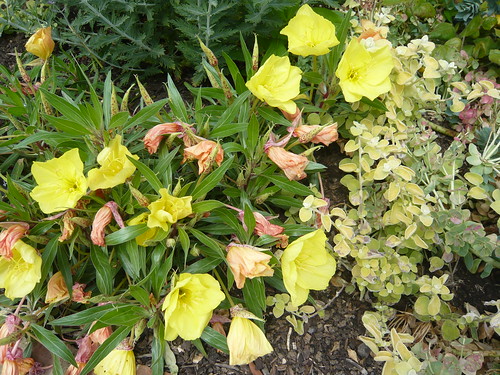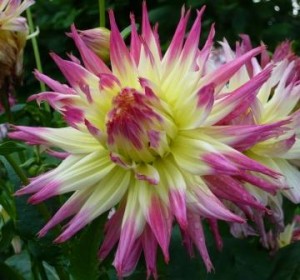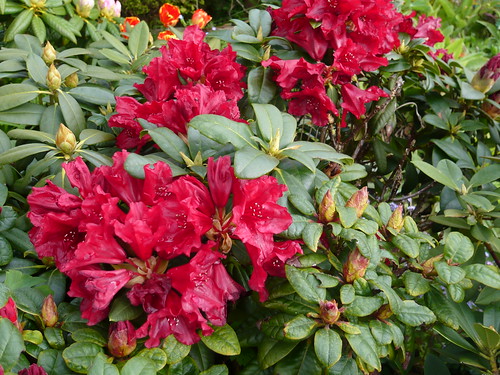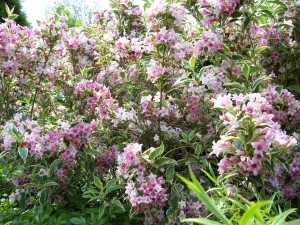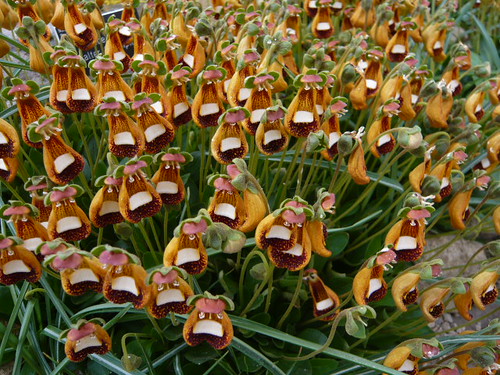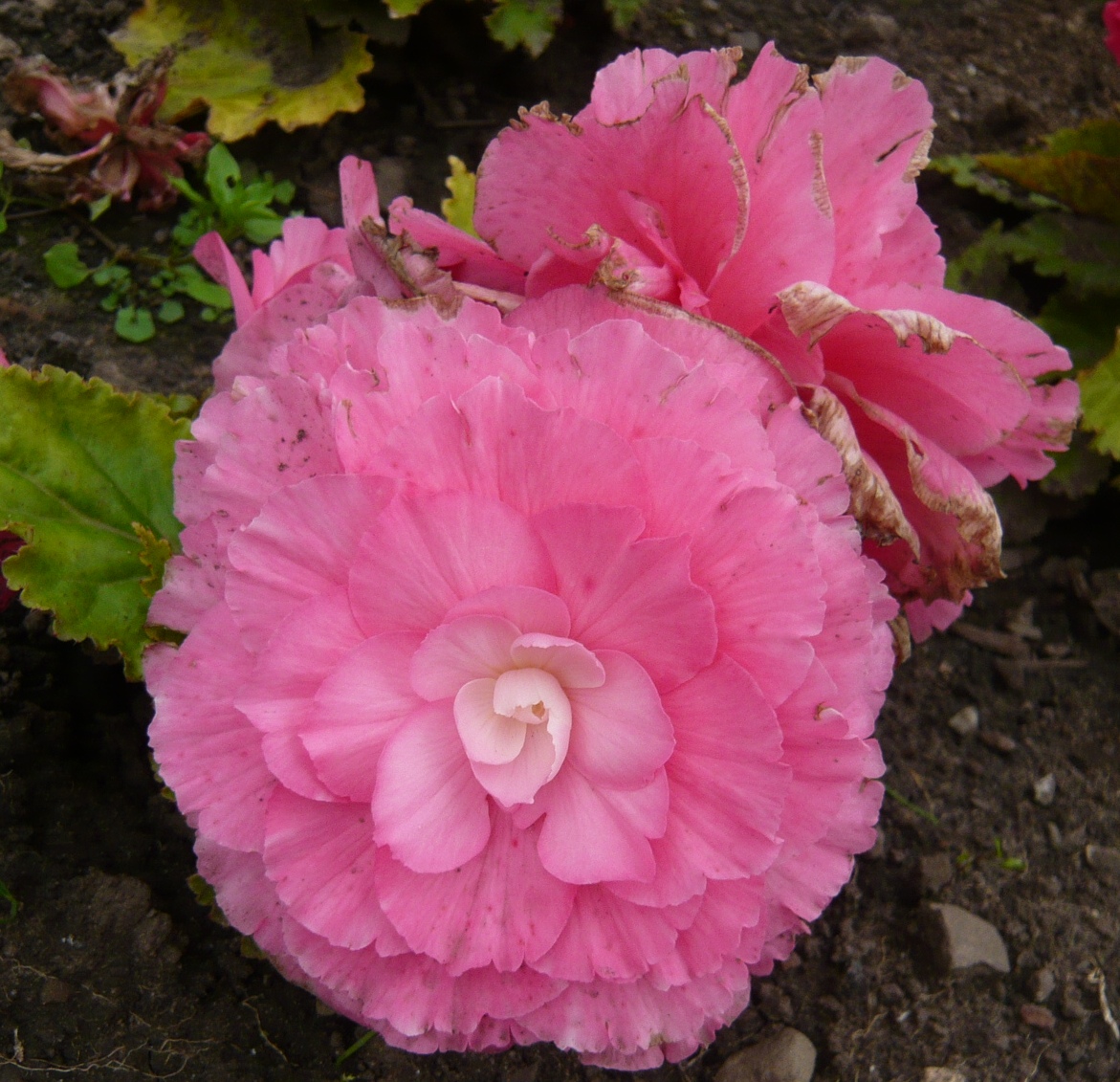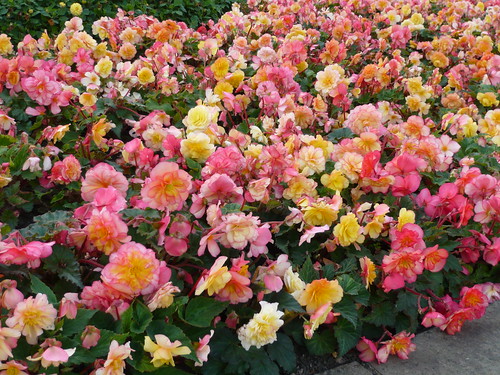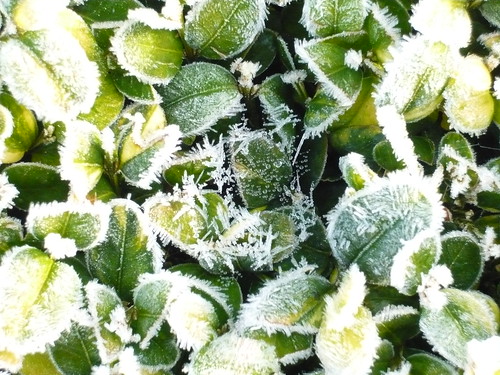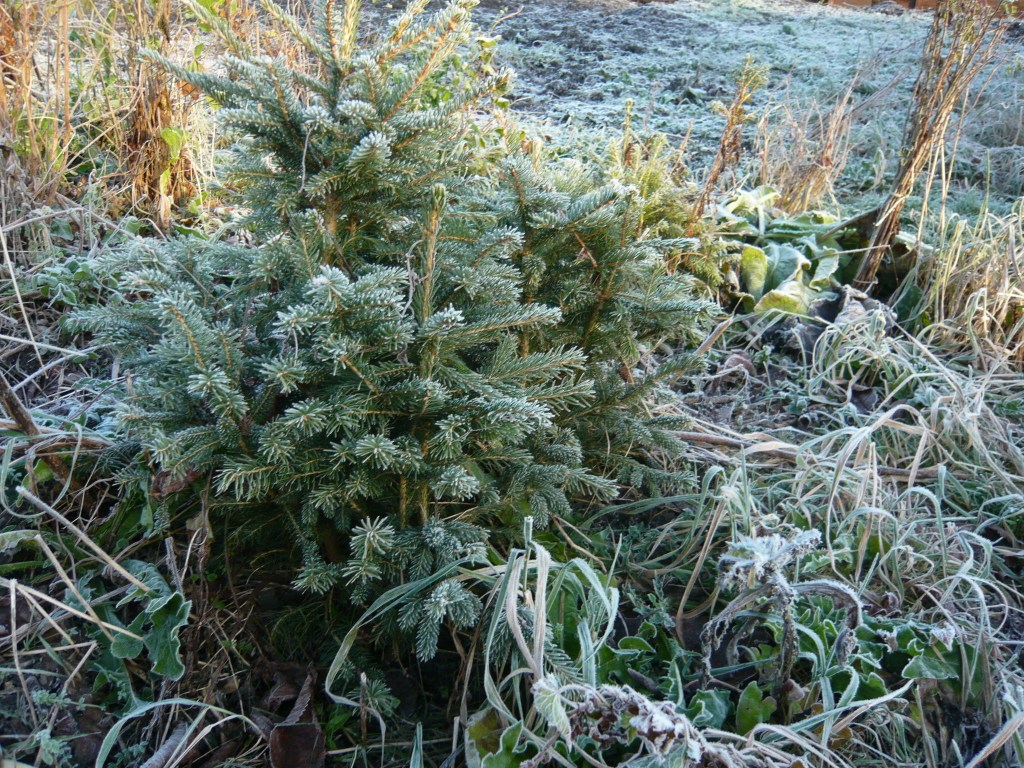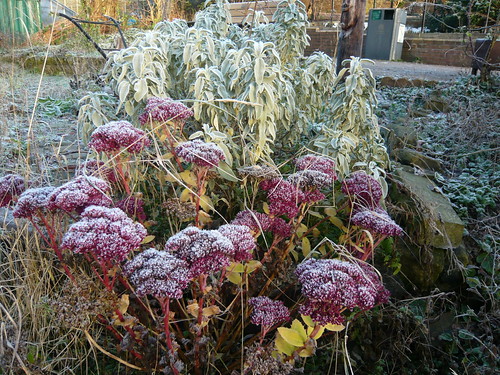Scented Wild Flowers by Family
Opium may be a perfume that owes it’s history derived from wild poppies.
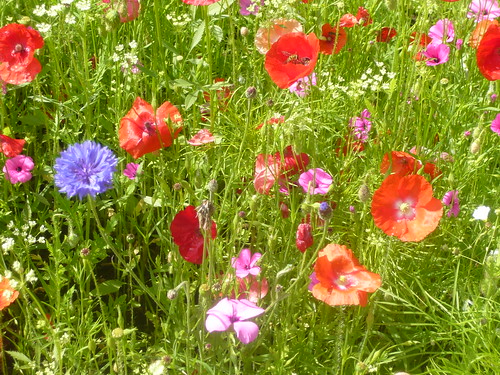
Masses of wild flowers can produce a scented atmosphere that is second to none. Many plant families have scented species so sniff out your favourite.
Explanation why Wild Flowers are Scented
- Scent is the oxidisation of essential oils of flowers and leaves.
- Oils are mainly found on the upper surface of petals.
- The most scented flowers are those with thick velvet like petals which slow down the evaporation of the scent.
- Double white flowers like the rose are especially fragrant.
- Oils are produced in inverse proportion to colour pigment which is why orange and scarlet flowers tend to have less scent.
- Scent is classified into 10 and more groupings.
